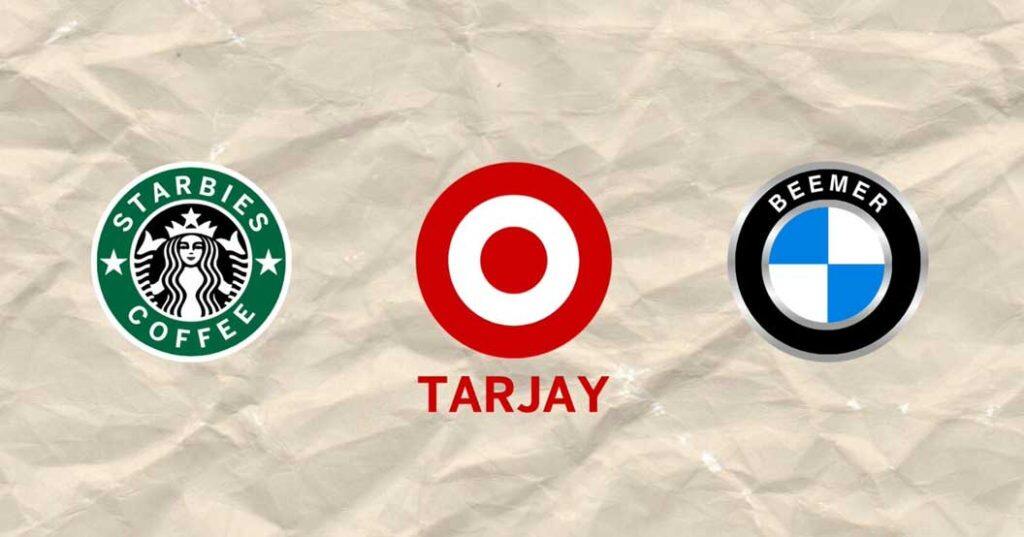

When Bloomingdale’s opened its first “Bloomie’s” store in 2021, it seemed like a natural evolution. After all, loyal customers had affectionately used the nickname for years. But new research suggests this marketing strategy – known as nickname branding – might actually harm brand performance and customer perception.


Research from Ivey marketing professor Zhe Zhang, published in the Journal of Marketing, reveals that when companies adopt consumer-generated nicknames in their marketing efforts, it can backfire by diminishing brand power and reducing consumer engagement. Zhang’s paper, BMW Is Powerful, Beemer Is Not: Nickname Branding Impairs Brand Performance, analyzed data from over 3,400 U.S. consumers and multiple major brands.
“Brand nicknames are indeed terms of endearment, but only when they are used by the right person – the consumer,” said Zhang.
“In fact, brand nicknames are generated and spread by consumers, not marketers. When used for marketing purposes, nicknames do not bring consumers closer to the brand. On the contrary, copying what might be construed as consumers’ ‘intellectual property’ makes the brand appear weak.”
Chevrolet, Buffalo Wild Wings, New England Patriots
A brand accepting and using a consumer-generated nickname fundamentally alters the power dynamic between brand and consumer, Zhang found. This shift can have measurable negative impacts on brand performance.
In one revealing study, Zhang and his research colleagues analyzed over 400 X (formerly Twitter) posts from three brands that frequently use nickname branding: Chevrolet (“Chevy”), Buffalo Wild Wings (“Bdubs”), and the New England Patriots (“the Pats”). Posts using formal names received more than twice as many likes and shares compared to those using nicknames.
When testing advertising effectiveness on platforms like TikTok and Facebook, ads using formal brand names significantly outperformed those using nicknames. Click-through rates were 42 per cent lower for ads using nicknames, compared to those using formal names.
In a number of follow-up online experiments with mass-market brands (e.g., Walmart), technology brands (e.g., IBM), and luxury brands (e.g., BMW, Rolex), the research consistently found that nickname branding led to worse brand performance.
“When Cadillac used the nickname ‘Caddy’ in a promotion, consumers perceived the brand to be 10 per cent less powerful and 12 per cent less luxurious than when the brand used its formal name.”
The findings are particularly significant for luxury brand managers, who must carefully balance approachability with prestige, Zhang said.
Nicknames rarely click in brand campaigns
Recent trends in social media marketing have made nickname branding increasingly tempting for companies. Target shows occasional embrace of “Tarjay,” McDonald’s used “Mickey D’s” in World Cup advertising and Volkswagen flirted with “VDub” in youth-oriented campaigns. But Zhang’s research suggests these strategies may be counterproductive.
The digital landscape has also given rise to new forms of nickname usage. Brands often face decisions about whether to incorporate popular social media nicknames, like “Wally World” (Walmart) or “Starbies” (Starbucks) into their digital marketing strategies. While these nicknames may thrive in consumer conversations, brands should maintain their formal names in official communications, Zhang’s research shows.
When nickname branding works
Zhang did identify specific situations where nickname branding might be less detrimental or even beneficial.
“Some brands may benefit from using their nicknames under certain conditions. For example, when a small-town, family-owned restaurant adopts a popular nickname given by locals for community fundraising, people may not necessarily feel it is inappropriate because the business was not meant to be powerful and its motive is to benefit the community,” Zhang said.
His research found that brands perceived as warm and friendly, rather than serious and competent, face less risk from nickname branding. Similarly, when nicknames are used in socially-motivated messaging – such as promoting inclusivity issues – the negative effects are minimized.
Managing nickname usage
As with any significant branding decision, Zhang’s study underscores the importance of approaching the use of nicknames, or any branding changes, with strategy and caution.
Marketing teams can take practical steps to manage nickname use:
- Be careful when appropriating consumers’ language
- Maintain consistent use of formal brand names in official communications
- Reserve nickname usage for specific community-oriented initiatives
However, this doesn’t mean brands should dissuade consumers from using nicknames.
“We found that when consumers use a brand’s nickname, it comes across as genuine and affectionate, which benefits the brand,” Zhang said.
When consumers use brand nicknames, it can strengthen brand connection and loyalty.
The research also distinguishes between meaningful name changes and nickname adoption. Apple dropping “Computer” from its name or IHOP temporarily becoming IHOb were strategic repositioning decisions initiated internally. That’s different from adopting consumer-generated nickname, which can appear as a superficial attempt to curry favor with customers.
RadioShack’s attempt to rebrand as “The Shack” – a move that was credited with accelerating the company’s decline – is a cautionary tale.
“If nickname branding is not accompanied by substantial changes to the brand’s core identity,” Zhang warned, “it may appear to be a relatively superficial effort to flatter consumers.”








































